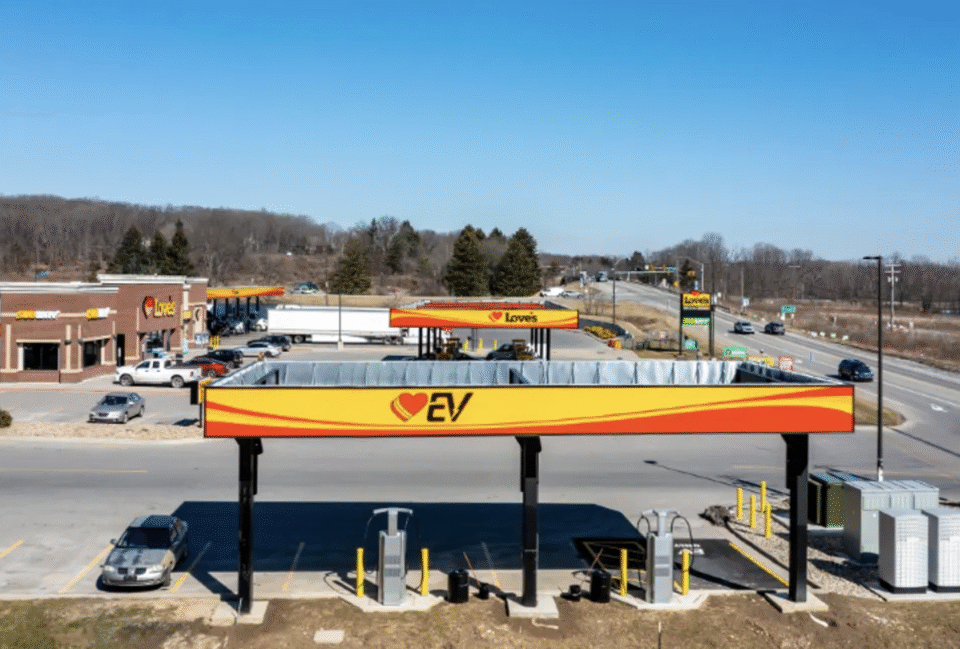Advancing the Circular Economy Through Renewable Natural Gas

The circular economy revolution is reinventing supply chains and turning trash into treasure. Renewable natural gas is a win-win in the world of energy.
Among the various ways to consume energy on a daily basis, one of the most prolific is in how people manage their trash. Did you know the United States produces 268 million tons of trash annually, according to the World Economic Forum? Not only that, but waste from landfills and wastewater treatment is the third largest source of U.S. methane emissions. To break it down even further, water and wastewater utilities account for 5% of global greenhouse gas emissions, and 70% of that is caused by wastewater treatment. On their own, these figures are striking, even more so when you consider that this immense tonnage of waste draining energy is just a byproduct, excess material that serves no use.
But what if this waste could be recycled in some way? Waste produces methane as it decomposes. That methane contributes to global warming, but it’s also the primary component of natural gas. If this methane could be reused, it would curb the net damage being done by the process and act as an energy resource we can produce domestically. It turns out, some forward-thinking organizations are doing exactly that, giving waste a second life in the form of harnessing landfill gas for renewable energy production.
Renewable natural gas (RNG) is a “drop-in fuel,” and once produced, it is injected into the local natural gas pipeline for distribution. This means as a fuel, it is indistinguishable from natural gas produced by traditional methods and can be used in all the same ways. Without the production of RNG, the leftover waste from landfills and wastewater treatment facilities would break down and release biogas into the atmosphere.




